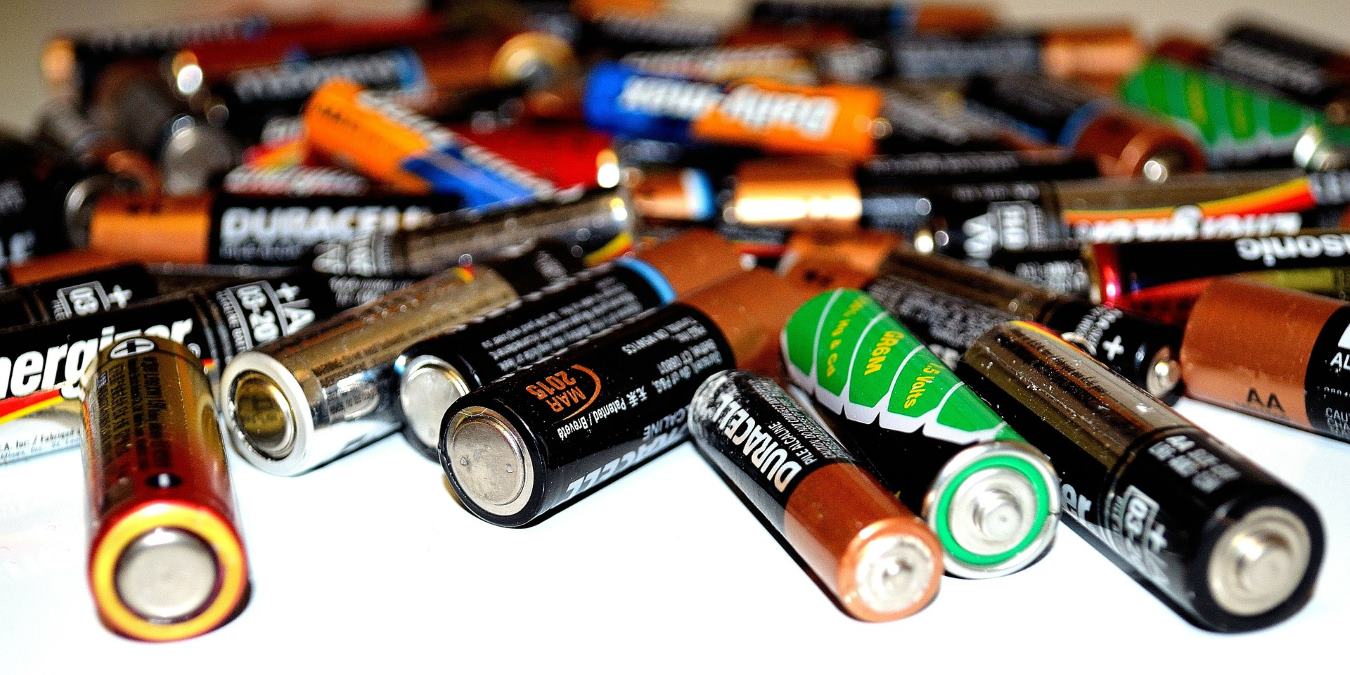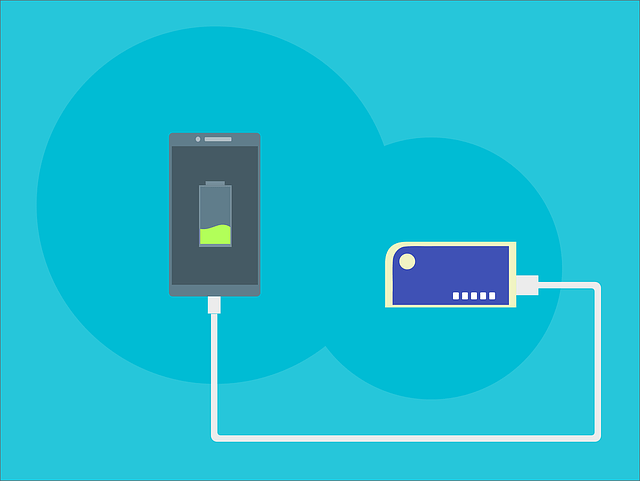
One of the main obstacles that IoT has to overcome is powering the gadgets that make it up. Having sensors monitoring the environment is all well and good, but nobody wants to go around changing their batteries every few months.
As such, there are many solutions being developed to reduce the battery load. But what if the future of IoT devices involves getting rid of batteries altogether?
How IoT Could Ditch the Battery
Of course, getting rid of the battery opens the door to more problems. If something doesn’t have a battery or a main connection, how do devices keep themselves alive? The answer is simple: have the gadget harvest energy from its surroundings.

This opens the door to technologies such as solar energy, but what if we can go even further? After all, part of IoT’s development is using low power technologies to be more energy efficient. Strapping a solar panel to an IoT sensor may be like feeding a cat an entire Thanksgiving turkey.
As such, we may soon see IoT devices that are powered by acoustic waves. This sounds like science-fiction or a pipe dream at best, but it’s already been demonstrated.
MIT researchers invented a sensor that uses the piezoelectric effect to power itself. This is when materials with certain properties vibrate and create an electrical charge. The charge is small, but we don’t need a great deal of electricity for a low-energy sensor.
The MIT researchers placed one of these sensors into water, then sent acoustic waves at it. The waves would strike the sensor, causing its piezoelectric material to vibrate and power the sensor.
The sensor then had a choice: if it wanted to send back a “1” in binary, it would reflect the wave back. If it wanted to reply with a “0,” it would ‘eat’ the wave instead. The transmitter would listen for whether the sensor reflected the wave back. If it received a wave, it noted “1.” If it didn’t, it would assume it’s because the sensor ate the wave and would note down “0.”
How Could this Be Used?
The obvious usage for this technology is allowing engineers to “set and forget” sensors, but the implications reach far further. The above example hints at a future where we can power sensors located in hard-to-reach areas, such as underwater or even in space.

As such, this gives us a way to power devices that can’t be attached to the main power source or even reached by a human to replace its battery. These new developments may allow us to infinitely power devices as they explore and measure frontiers that humans could not normally reach.
Of course, even if we look past their usage for hard-to-reach areas, its still a major convenience to have a device that saps energy from its surroundings. Not only is it greener, but it makes deploying IoT gadgets much easier.
Losing Their Charge
Batteries are a major obstacle in IoT, but what if we can get rid of them? With MIT’s most recent research, we may see devices that power themselves in their own environment.
Do you think battery-less devices will be used in everyday products? Let us know below.







